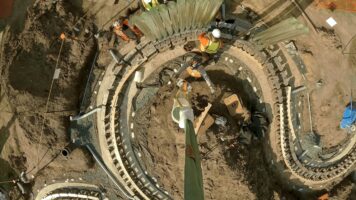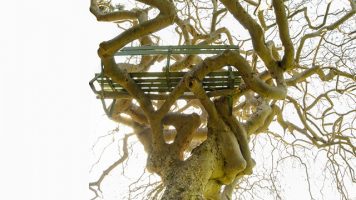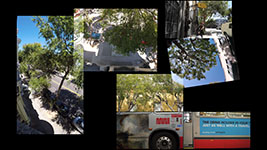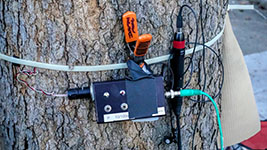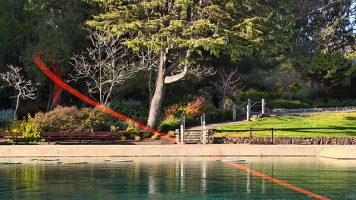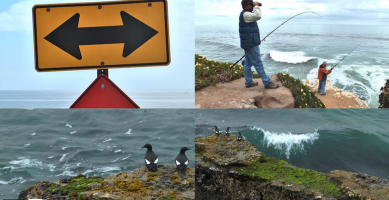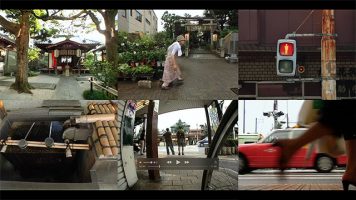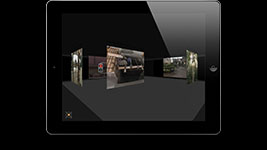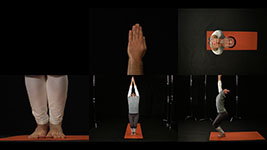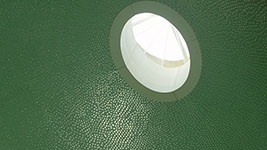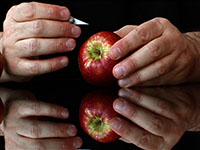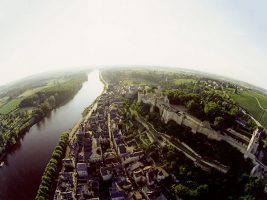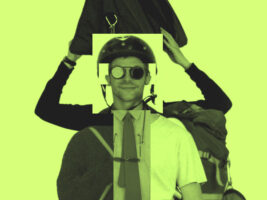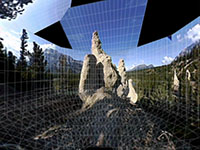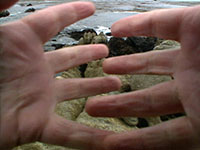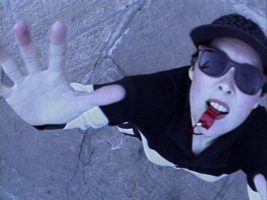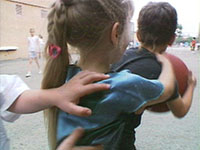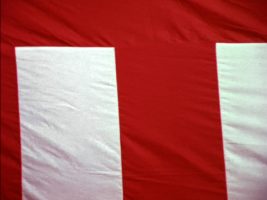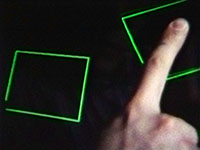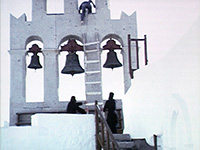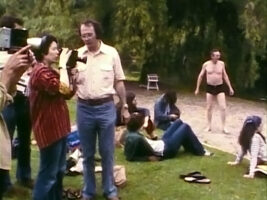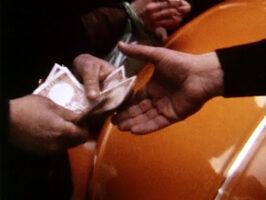Fishing at West Cliff, or Semiotics is For Cinema as Ornithology is For the Birds. The field notes of a cinematographer. May 2012, Santa Cruz, CA.
The verb for what one does with a movie camera? It is not a matter of aiming and firing. Truth flies off again, uninjured. The gaze of the seabird biologist, seldom allowed to mingle with subjects of his investigation, is trained on something that develops at a great distance or otherwise out of reach. What are the search images that organize his attention?
The camera’s point of view does not imitate your garden hose, nor does it replicate mechanics of your eyes. Human vision, surrounded by the scene, is optimized for tracking motion. A camera is a framing device that samples fragments of this vista, thereby missing most of the action. Think of trying to accumulate an impression of the whole situation while you are holed up in a submarine looking through a periscope.
“The visual field, I think, is simply the pictorial mode of visual perception, and it depends in the last analysis not on conditions of stimulation but on conditions of attitude. The visual field is the product of the chronic habit of civilized men of seeing the world as a picture. . . So far from being the basis, it is a kind of alternative to ordinary perception.” -James J. Gibson, 1952
Imagine a movie composed as a Japanese picture scroll, unrolling west to east (from Natural Bridges to the Lighthouse). The relationship among events along the way may be of topographical or chronological order (sometimes both).
Moviemaker: Rachel Strickland
Seabird biologist: Josh Adams
Cormorant diaries: Alayne Meeks
Waves’ eye: Soleil Andrews and Levi Sofen
Crew: Russell Zeidner
Sound mix: Jim McKee, Earwax Productions
Engineer: Jim Campbell

